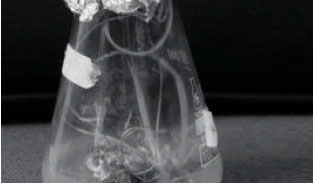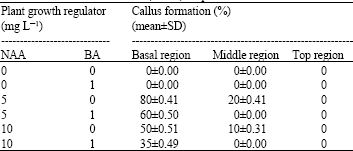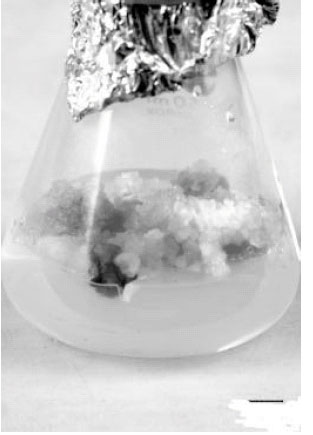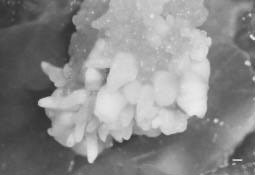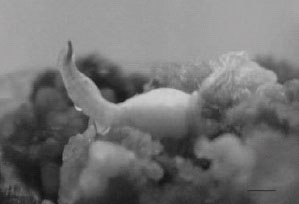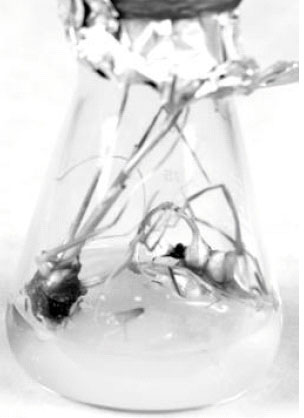Research Article
Somatic Embryogenesis from Leaf Explants of Gladiolus anatolicus (Boiss.) Stapf
Department of Biology, Faculty of Science and Arts,University of Adnan Menderes, 09010 Aydin, Turkey
Beng Erda
Department of Biology, Faculty of Science and Arts,University of Adnan Menderes, 09010 Aydin, Turkey









